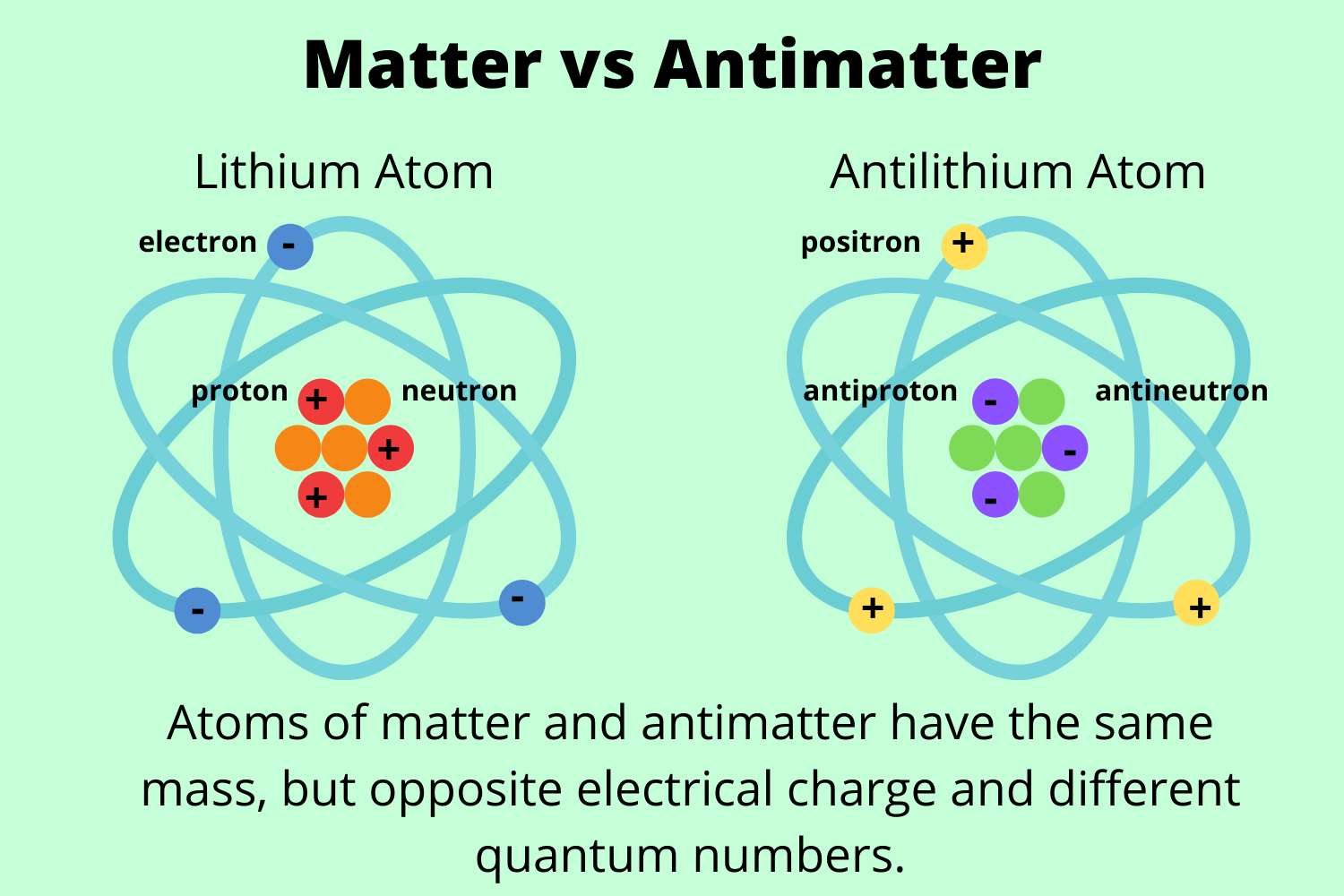Science & Technology
Positron: The Antimatter Counterpart of the Electrons
- 01 May 2021
- 5 min read
Why in News
Researchers from the Raman Research Institute (RRI), Bengaluru, have resolved the mystery of the antimatter counterpart of the electrons called Positron and Positron Excess Phenomenon.
- RRI is an autonomous institution of the Department of Science and Technology.
Anti-Matter
- Antimatter is the opposite of normal matter. More specifically, the sub-atomic particles of antimatter have properties opposite those of normal matter.
- Matter is made up of atoms, which are the basic units of chemical elements such as hydrogen, helium or oxygen.
- Atoms are the basic units of matter and the defining structure of elements. atoms are made up of three particles:
- Protons, Neutrons and Electrons.
Positron
- Positron is a subatomic particle whose mass is the same as that of an electron and numerically equal but positively charged particle. The positron was discovered in 1932.
Key Points
- Positron Excess:
- The excess number of high energy particles of the antimatter counterpart of the electrons, called positrons have intrigued scientists for long.
- Over the years astronomers have observed positrons having an energy of more than 10 giga-electron volts, or 10 GeV.
- For an estimate, this is the energy of a positively charged electron accelerated across a 10,000,000,000 volt battery. Positrons with energy more than 300 GeV, however, are lower in comparison to what astronomers expect.
- This behaviour of positrons between 10 and 300 GeV is what astronomers call the ‘positron excess’.
- RRIs Study:
- The Milky Way consists of giant clouds of molecular hydrogen. They are the seats of the formation of new stars and can be as massive as 10 million times the Sun’s mass.
- They can extend up to 600 light-years.
- Cosmic rays, produced in supernovae explosions propagate through these clouds before they reach the Earth. Cosmic rays interact with molecular hydrogen and can give rise to other cosmic rays.
- As they propagate through these clouds, they decay from their original forms and intermix, lose their energy by energising the clouds, and may also get re-energised.
- RRI studied all these astrophysical processes via a code it set up on the computer, using a publicly available code.
- The Milky Way consists of giant clouds of molecular hydrogen. They are the seats of the formation of new stars and can be as massive as 10 million times the Sun’s mass.
- RRIs Code:
- The code considers 1638 molecular hydrogen clouds in the Milky Way that other astronomers have observed across different wavelengths of the electromagnetic spectrum.
- RRI followed a comprehensive catalogue which consists of ten molecular clouds in the immediate neighbourhood of our Sun.
- These galactic clouds provide the astronomers a crucial input that is the number of giga-electron volt cosmic rays.
- These help them determine the excess number of positrons that reach the Earth.
- The computer code was successfully able to reproduce the observed number of positrons at giga-electron volt energies.
- Not only the positron excess, the computer code accurately reproduces the spectra of protons, antiprotons, boron, carbon, and all other components of cosmic rays.
- RRIs Proposal:
- Cosmic rays while propagating through the Milky Way galaxy interact with matter producing other cosmic rays, primarily electrons and positrons.
- All mechanisms via which cosmic rays interact with the molecular clouds to show that nearby molecular clouds can be a viable contributor to the positron excess phenomenon.
Cosmic Rays
- Cosmic rays are atom fragments that rain down on the Earth from outside of the solar system. They blaze at the speed of light and have been blamed for electronics problems in satellites and other machinery. They were Discovered in 1912.
Light-Year
- The light-year is a unit of length used to express astronomical distances and is equivalent to about 9.46 trillion kilometres.
- As defined by the International Astronomical Union, a light-year is the distance that light travels in vacuum in one Julian year.





